Mandarin orange peels aren’t trash, they’re treasure! Three chimpi tips to reuse your mikan skins
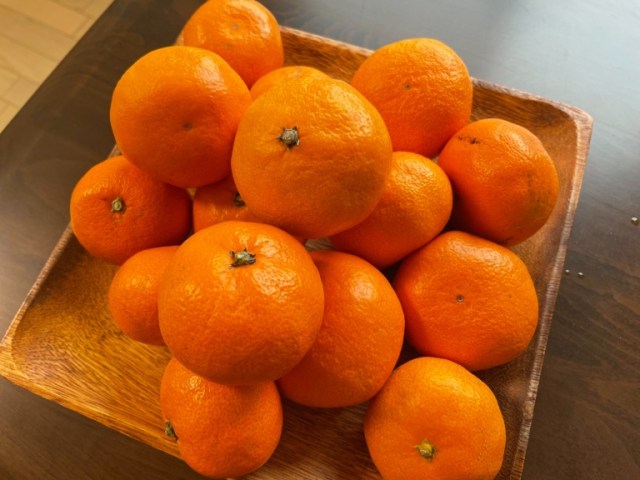
Japanese granny, of course, knew things we didn’t.
Winter is the season for mikan (mandarin oranges) in Japan, so our Japanese-language Yuki Shirai wasn’t at all surprised when she stopped by her grandma’s house and saw she had a bunch of the citrus fruits in her kitchen. What did surprise her, though, was that Granny also had several mikan peels laid out on her porch.
“Aren’t you going to put these in the trash?” Yuki asked, but her grandma had some wisdom to impart: you can use mikan peels for all sorts of things once you’re done eating the fruit! As a matter of fact, dried mikan peel even gets its own special name in Japanese, chimpi, and Yuki made it her mission to try three ways to use it.
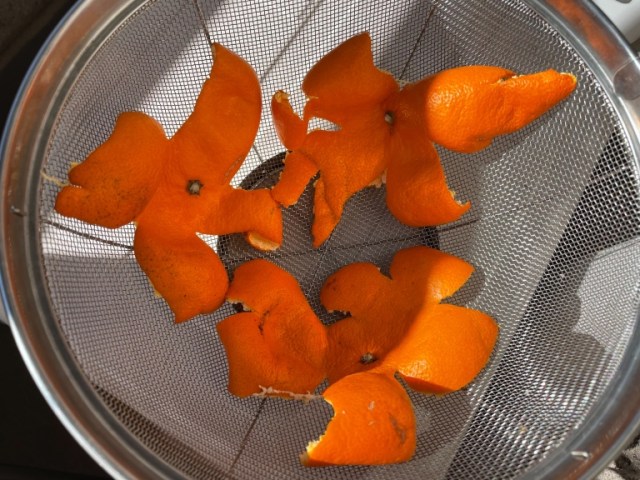
First, though, Yuki had to make herself some chimpi. The delicious process involved eating some mikan, putting their skins in a colander in the sunlight, and waiting. Because of the especially cold weather Japan has been having recently, it took two weeks for the peels to thoroughly dry, but she knew they were ready when she gave the colander a gentle shake and heard the skins make a soft rustling noise.
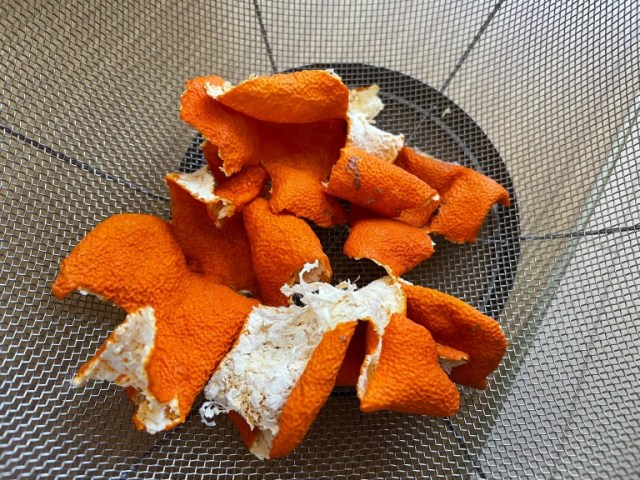
So how can you use dried mikan peels? One option is to use them to clean your kitchen. Just grab a piece in your fingertips and start wiping down your stove, letting the natural cleaning properties of the inner side of the skin clear way grease and oil.
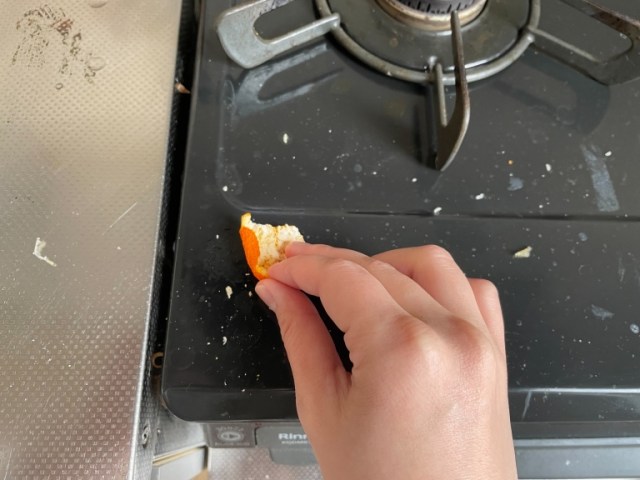
▼ The bottom left corner, where Yuki used the mikan peel, is now grime-free!

To Yuki’s surprise, the peel didn’t crumble or tear as she used it, and even though it didn’t entirely remove the most stubborn spots of grime, it softened it up enough that a second scrub with a cleaning cloth did the job.
Having worked up a thirst cleaning, it was time to test the second use for Yuki’s mikan peels by making some chimpicha, or chimpi tea.
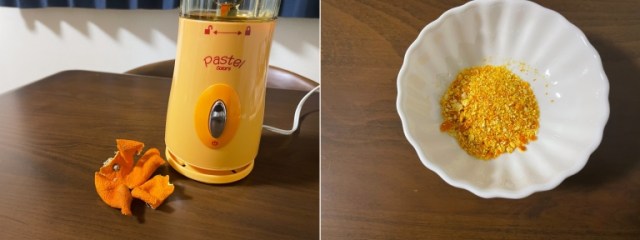
For this, you’ll need one and half dried mikan peels. Start by putting them in food processor (or you could grind them by hand). Pour the powder into a teacup, add hot water, and you’re all set!
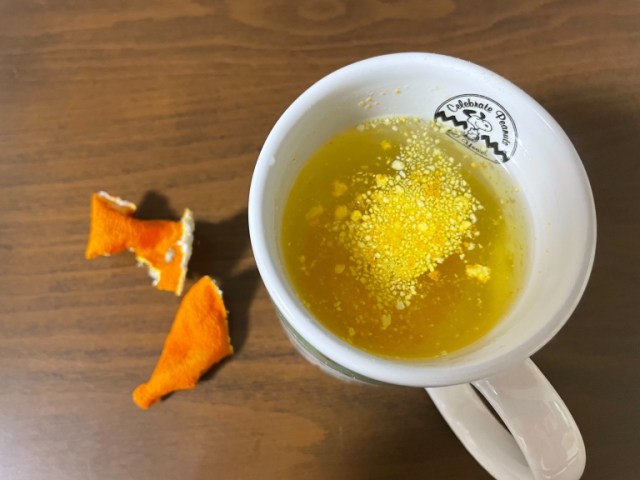
Technically, chimpicha isn’t tea, because it doesn’t use tea leaves. It is, however, a delicious and relaxing drink, and one that’s supposedly good for you too, since mikan peel is said to help fortify the body against chills and aid in digestion. The only possible negative Yuki could find is that some people might find the unique bitter notes in the taste of mikan peel to be a little unpleasant, in which case she recommends stirring in a bit of honey to balance the flavor profile out with a little sweetness.
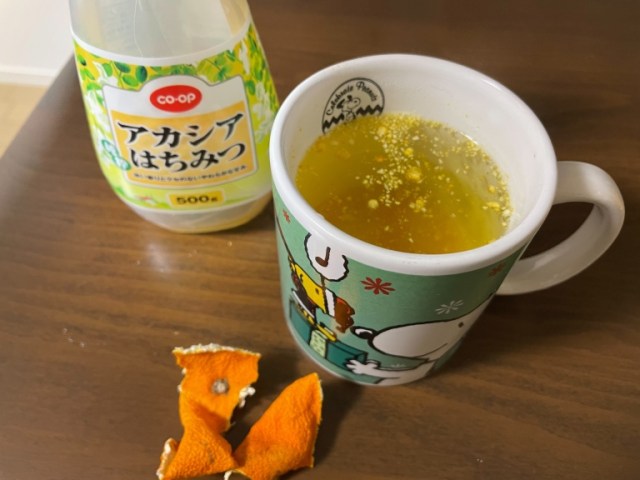
Now thoroughly relaxed, Yuki was ready to hit the sack, but following Japanese customs, she needed to hop in the bath before she hopped into bed. This brings us to the third use for mikan peels she tried, the chimpiyu, or chimpi bath.
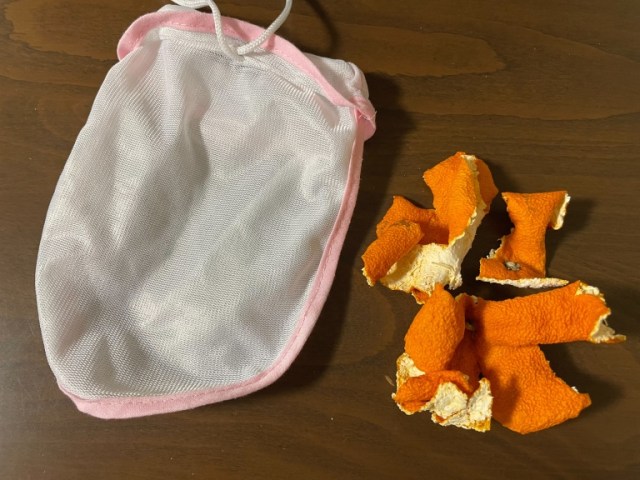
All you need for this is dried peels (Yuki used two mikan’s worth) and a laundry net, or some other sort of mesh pouch. Put the peels in the pouch, the pouch into your bathtub of hot water, and you’re done.
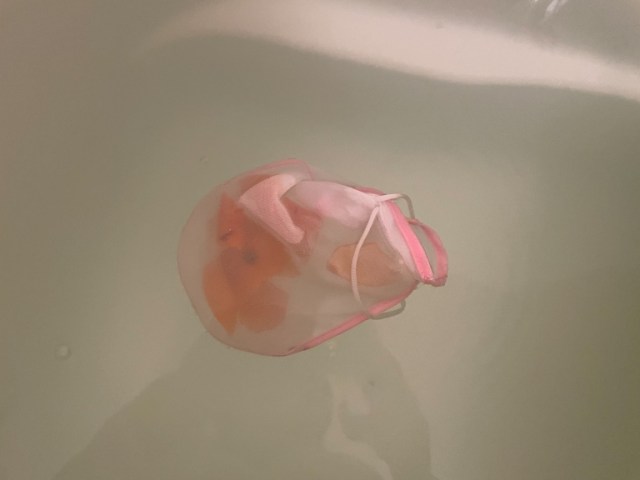
Yuki had been looking forward to a luxuriously citrus-scented bath, but unfortunately it didn’t smell all that different from a bathtub without any mikan peels in it. Considering how fantastically fragrant her cup of chimpicha had been, she wondered if maybe she should have used a bigger quantity of peels for her bath. Still, mikan peels contain limone, an essential oil component, that’s supposed to be beautify the skin, so she was still getting benefits from the special bath, even if her nose wasn’t aware of the difference.
Peak mikan season is going to last a few more weeks in Japan, and the large variety of mandarins grown in the country mean you can usually find at least one type no matter when you go to the supermarket, so Yuki can now look forward to putting her peels to use all year long.
Reference: Kurashi no Market
Photos © SoraNews24
● Want to hear about SoraNews24’s latest articles as soon as they’re published? Follow us on Facebook and Twitter!
Credit:

0 comments:
Post a Comment